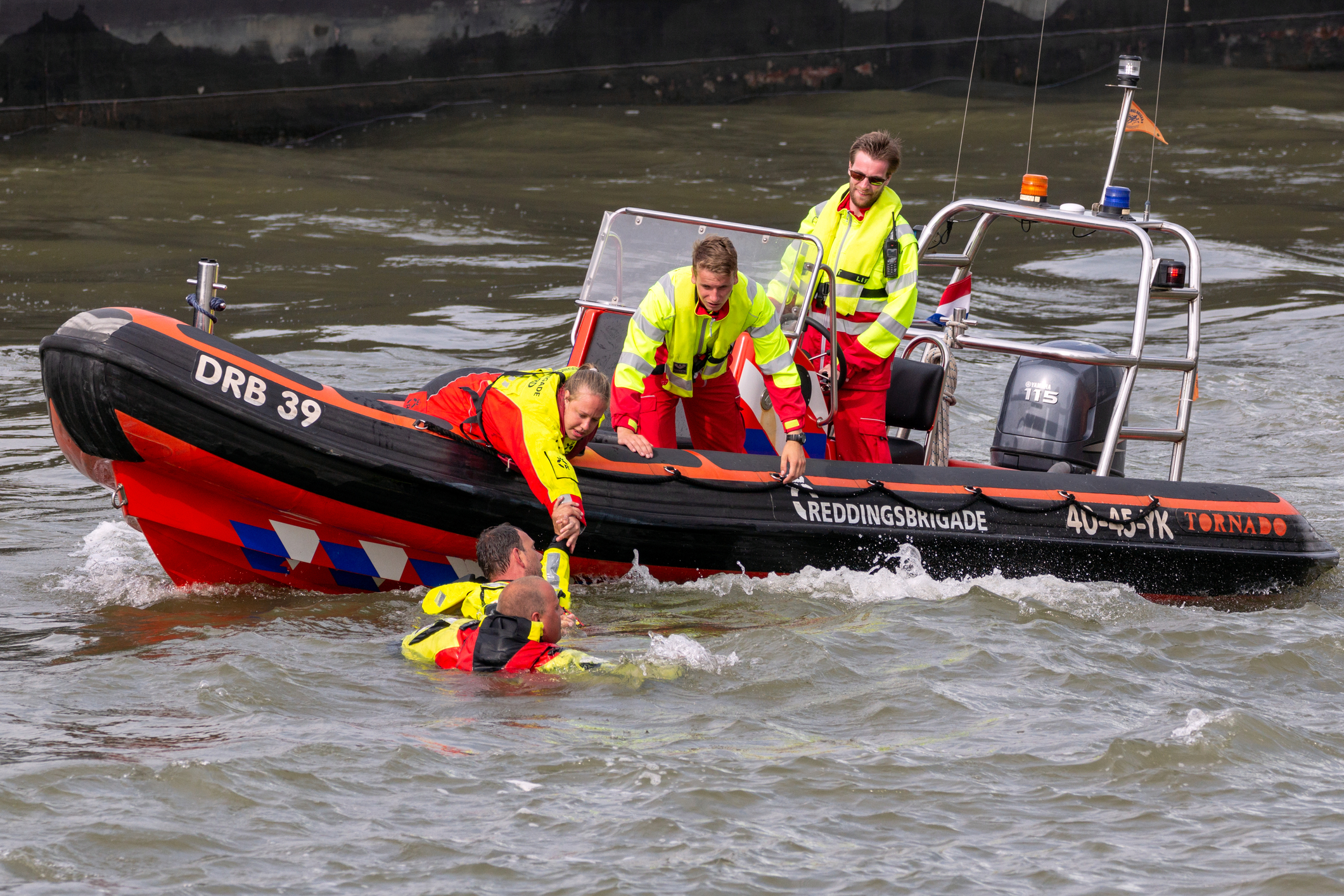How much do you know about wilderness survival? We’re not talking about the items that you need to survive in the wilderness. Instead, we’re asking about general facts. Do you know how much water you should be drinking on a daily basis? Do you know what STOP stands for? Are you a walking encyclopedia of hard facts about wilderness survival who can answer all of the questions in this category on Jeopardy? If not, then you’ll need to brush up on them here. Some of these ten interesting facts might help you survive out in the wild, while the others are merely cautionary tales.
1) Rescues Needed Over a 15-Year Span
Between the years of 1992 and 2007, there were over 65,000 search and rescue operations in the United States, all in National Parks. When those people were found and rescued, over 24,000 of them were injured, while almost 2,700 of them were found deceased.
2) Common Rescue Types
Of those rescues, most fell into one of these two categories: boating, at 21% and hiking at 48%. Others, such as rock climbing, swimming, and so on, made up the rest.
3) Distress Calls That Most Rescuers Understand
If you’re lost in the woods or in trouble, due to an injury, you need to call for help. There are several distress calls that will help rescuers find you. They include blowing a whistle three times in quick succession, using Morse code SOS signals (three short, three long, three short), and just yelling the word “help” at the top of your lungs.
Related Article: 8 Essential Pieces of Signaling Equipment
4) Items That You Need to Survive
If you plan on heading off the beaten path into the woods, you’ll need to keep the following items on hand: a flashlight, water, a map and compass, sunglasses, waterproof matches, additional clothing, a pocket knife, a stocked first aid kit, first starting implements, food, and a space blanket or sleeping bag.
5) The Most Common Accidents That End in Death
Did you know that the National Park Service has put together a number of important statistics that show which wilderness accidents are most likely to result in death? Hiking accidents come in at number one on that list, at 22.8%. They are followed by swimming and boating, which are both at 10.1%
6) When Lost, You Need to STOP
The acronym STOP stands for Sit, Think, Observe, and Prepare. Should you find yourself lost in the woods, follow it. This will prevent you from getting even more lost than you already are. Plus, the longer you stay calm, the better. Panicking leads to make poor decisions.
Related Article: How to Find Your Way When Lost in the Wilderness
7) What You Can Eat In a Pinch
Should you find yourself without food on hand (and remember, you can only go without food for 30 days), you can eat insects. They contain plenty of protein.
8) Use Cricket Chirps to Determine the Temperature
If you need to determine just how cold (or hot) it is in the wilderness, listen to the crickets for 15 seconds. Add 37 to the number of them that you hear.
9) The Cost of Search and Rescue Operations
Large-scale search and rescue operations are not cheap. Many of them run into the hundreds. The average price of a single one of these operations is around $900 per person. As you can imagine, this adds up quite a bit over time. For example, in 2011, Grand Teton National Park spent upwards of $200,000 on various search and rescue operations.
10) You Need Plenty of Water
Surviving in the wilderness requires plenty of water. For example, you need eight cups per day, more if you’re hiking in hot weather.
Related Article: How to Make Hardtack – A Food that Lasts Forever



